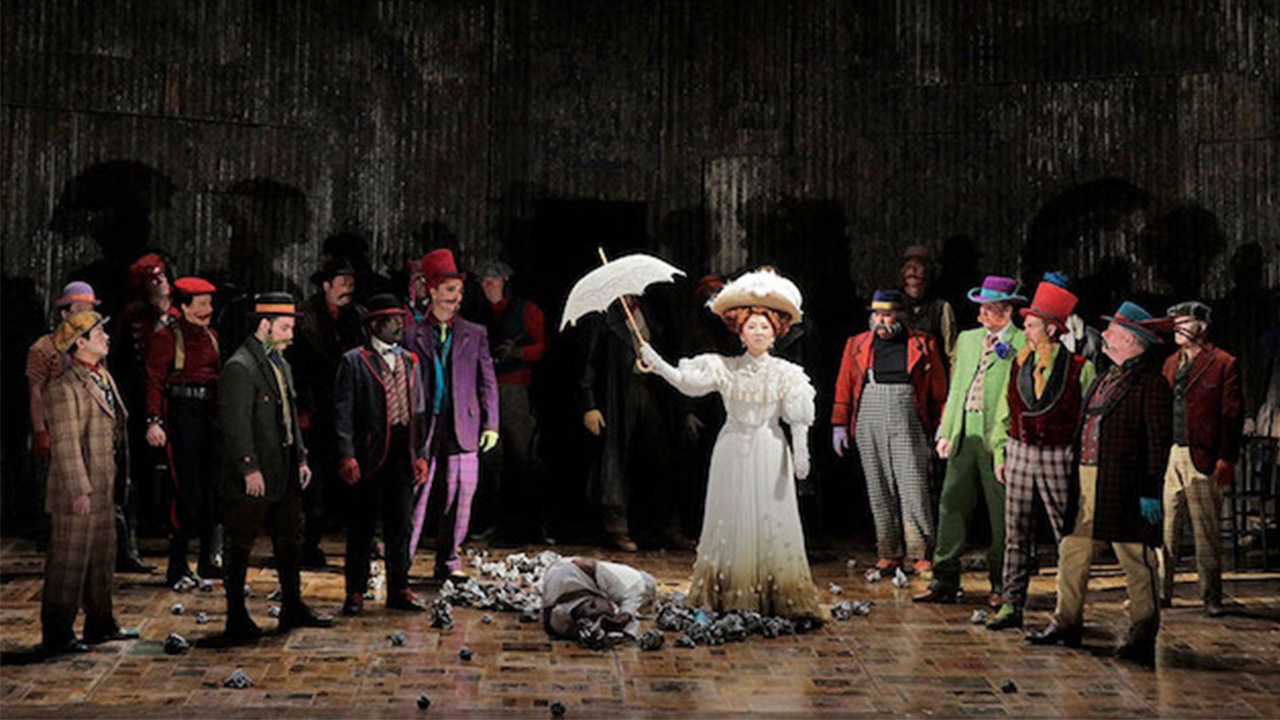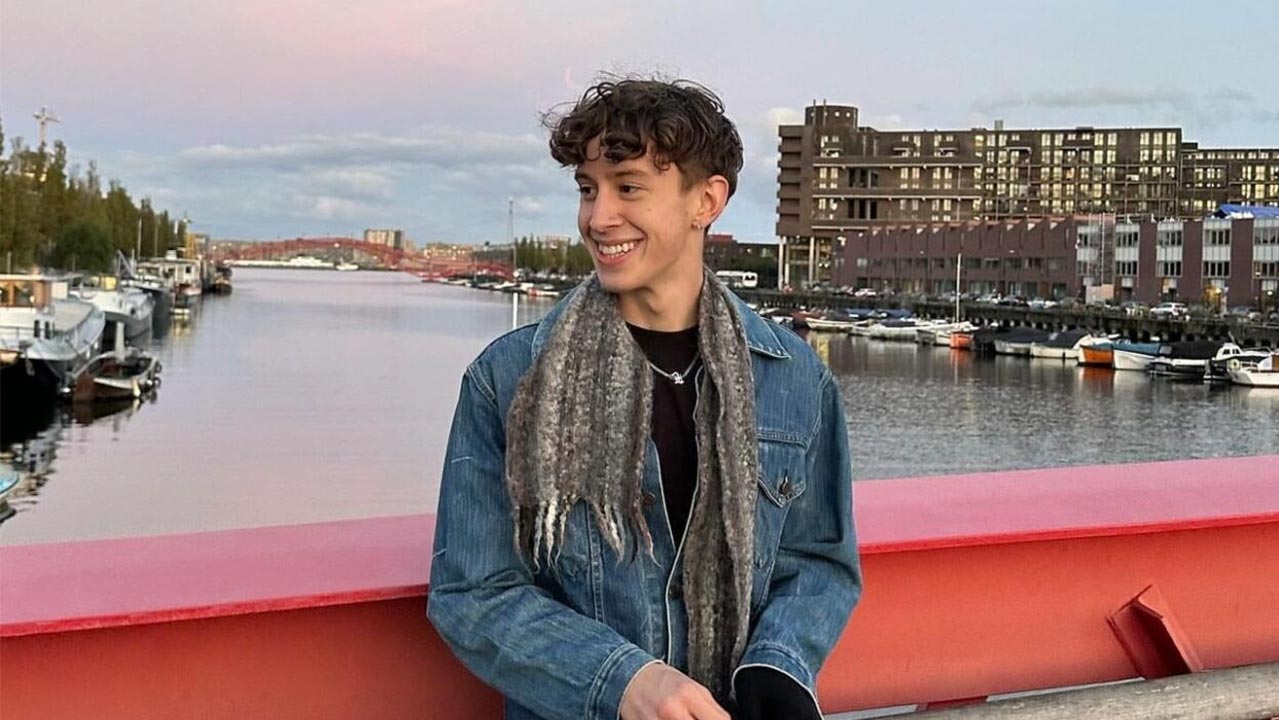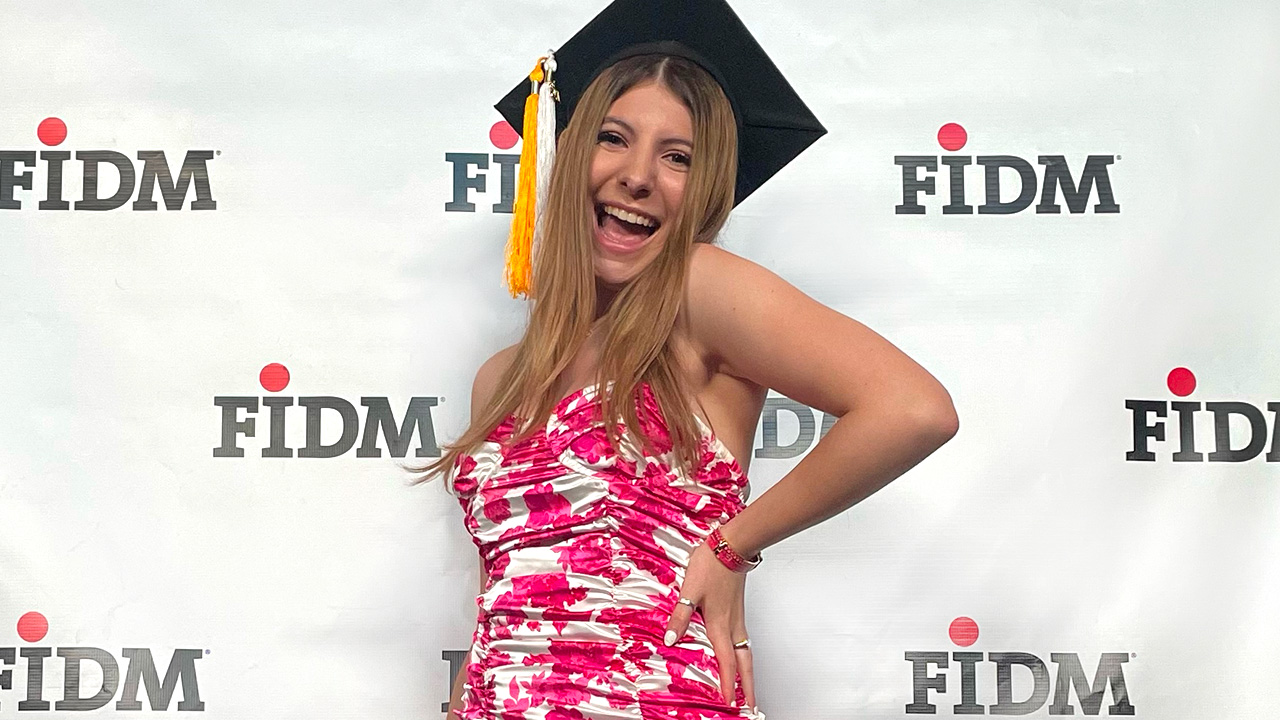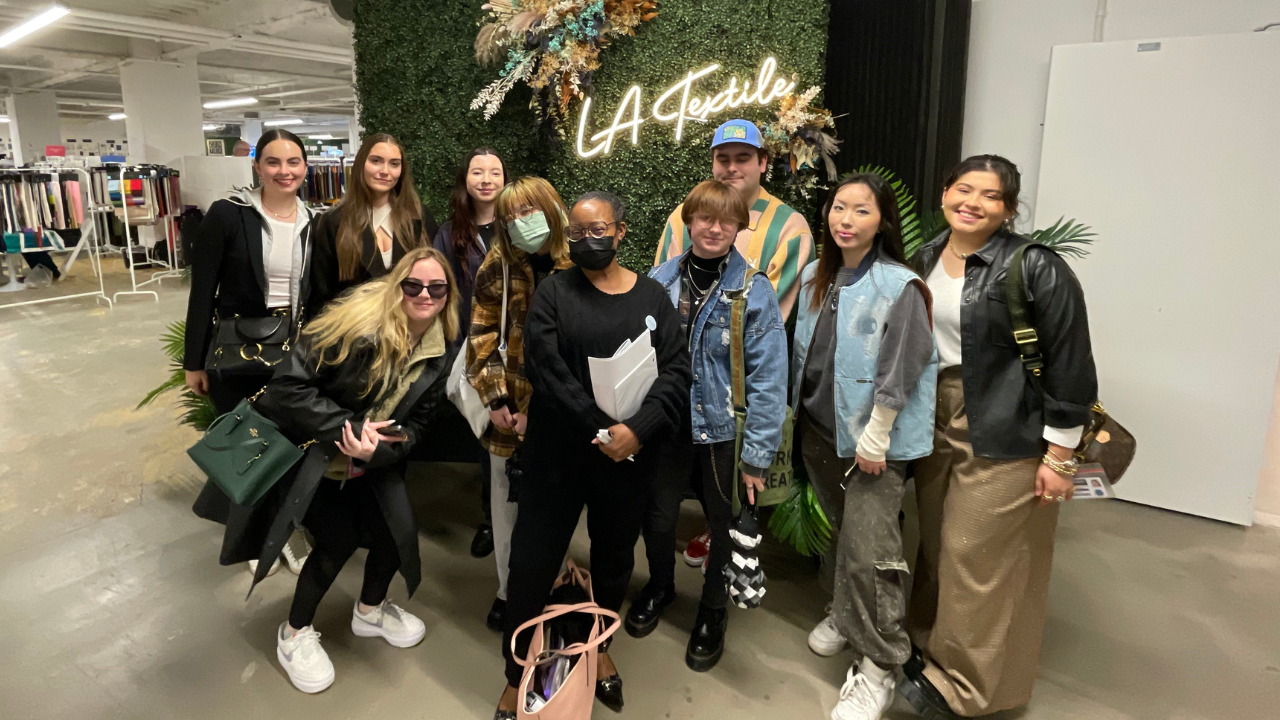
Student
Theatre Costume Design Students Attend Philip Glass Opera and Exclusive After-Party
Students in the Theatre Costume Design Program were invited by the LA Opera to attend a performance of Philip Glass’ Satyagraha followed by an exclusive cocktail after-party with cast members. Hosted by the College Advisory Committee on November 11th, the students in attendance included: Lorraine Ely, Audrey Anna Cook, Shannon Farkas, Hannah Smith, Emily Stipcak, and Jessica Swanson.
We caught up with Theatre Costume Design Student Lorraine Ely (who will be showing her student collection at DEBUT in Spring 2019) to find out more about the event.
Tell us about the college mixer at LA Opera: After listening to Philip Glass answer paneled questions about the opera, we attended the college mixer. All guests were welcomed into a banquet room, decorated with elaborate table centerpieces. The goal was for guests to make connections. The energy was buzzing from the start and each guest instantly jumped up to meet each other. The game was a form of mingle bingo with prizes to be won, nothing beats a little competition to get a crowd on their feet! Our group met so many people from all facets of education within the entertainment industry. There were bite-sized desserts and a full bar including a photo booth with props and step ‘n’ repeat for creating team memories. Some of the cast members spoke to us about their experience with performing Satyagraha. This was a great opportunity to hear their point of view. Dancing to a live band followed and the energy continued to pop!
What did you think of the Satyagraha costumes? The costumes immediately explained the opening scenario—two separate worlds were emphasized by the silhouette, fabric and color palette. The monochromatic shades and structure worn in the elegant, city life of South Africa, stood across the stage from the rich, orange hues of the soft, draped Sari of India. This instantly separated the characters and when they melded across the stage, the effect was mesmerizing. Throughout the opera, I was drawn in by the slow transformation of Ghandi’s attire from his lawyer suiting into the traditional Indian Khadi and eventually the Dhoti. The messages were clear throughout the opera. Especially the dramatic lowering of 50 or more hangers from way above the theater ceiling to just above the stage where each character removed their outer business coat or jacket and slowly placed them on each hanger. The hangers were raised up past the ceiling and out of sight. This was symbolic of the Swadeshi movement, part of the Indian independence movement by boycotting English products, in this case; woven fabric. This was pivotal in Ghandi’s story as he encouraged others to follow suit. Before attending the opera, I researched the explanatory costume collage designed by Kevin Pollard and was pleasantly surprised when each character entered the stage as they were clearly identifiable.
Describe your favorite look: My favorite costume was worn by Mrs. Alexander, the English woman who protected Ghandi from his attack by white South Africans. Her pure white dress and parasol was among the comical, almost clown-like costumes popping blasts of color across the entire stage; she was the focal point. She was like a beam of light among them and this was the goal, my eyes were pinned on her the whole time. Her silhouette was from the late Victorian era and the perfectly smooth, white chiffon draped and flowed beautifully. Her dress also displayed the distinct, rising saffron ombré from the hemline as did Ghandi’s Dhoti.
Follow Theatre Costume Design Student Lorraine Ely on Instagram @lely_in_la.
Categories: Theatre Costume Design Los Angeles Campus Student




